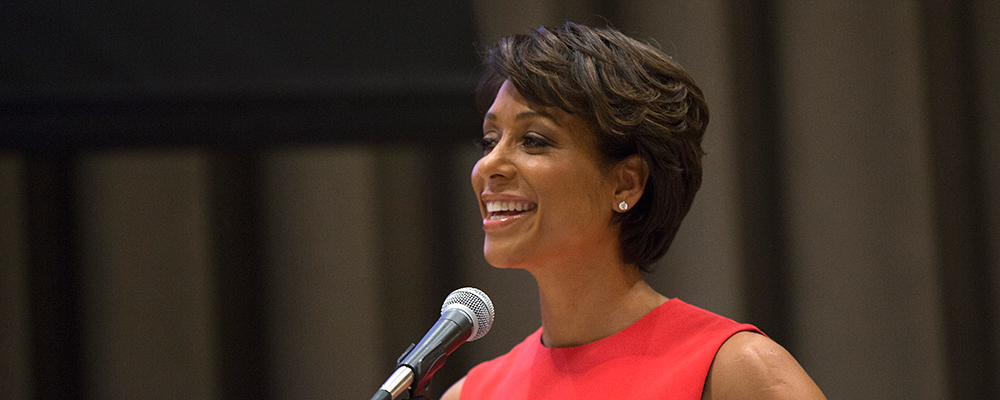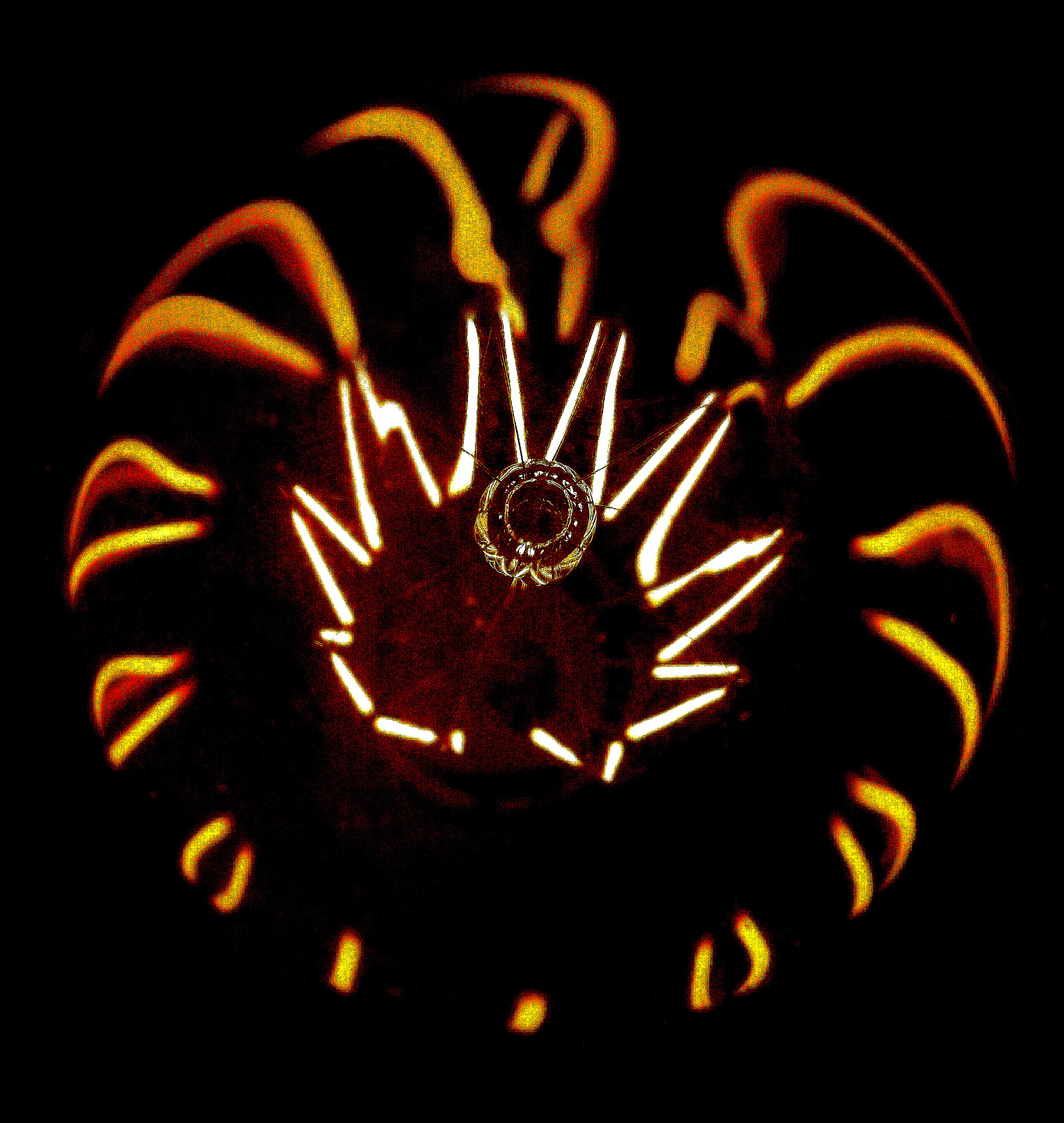The first time

This wasn’t the first photo I ever took, but it was the first photo I took after completing my first photography course. Those frozen water droplets were deliberate. I was so thrilled and excited, I even had the photo printed onto canvass and, to this day, it hangs on my wall; never failing to make me smile. I felt a mix of disbelief and the thrill of achievement. Shallow depth of field, blurred background, water frozen in the moment. For the first time in my life, I was in control of the camera, rather than the camera being in control of me.
Remember the first time you achieved something you really wanted to achieve. It might have been taking a photo, diving into a swimming pool, cooking a cake, scoring a goal, running a 5K race, buying your first smartphone, or any number of other achievements. Remember how you felt.
Exhilarated? Thrilled? Really pleased with yourself? It may not have been perfect, this first attempt, and you may have had some thoughts about how to do it better next time. But, overwhelmingly, there is a gargantuan sense of achievement, success, a feeling that you want to do it again and again and again.
It is those amazing feelings that we need to capture and trigger repeatedly whenever we take on a new challenge, such as public speaking.
Now think about the first time you spoke in public. It may have been at work or perhaps a special occasion, a celebration? It is supposed to be one of the activities we fear most. What happens? Shaking legs? Shallow breathing? Pounding heart? Sweaty palms?
Over and above the symptoms of fear, though, some of your normal behaviours will almost certainly have kicked in too. Things like ingrained mannerisms, pauses, gestures, smiles, vocal intonation, facial expressions. I’m sure there are ways you could have done that speech better, just as you could improve on any other activity when you did it for the first time, but there are also innate or intuitive speaking skills you already possess.
There might have been a few too many ‘ers’ and ‘ums’, an opening of wasteful platitudes, a structure that could have been tighter and better signposted, a reluctance to make eye contact, a nervous posture, a tendency to talk at your audience, rather than engage and connect with them.
If you have not yet spoken in public, and you’re afraid, conjure up one of your other experiences of doing something successfully for the first time and remember how good it felt. Unleash that positive memory.
Having faced the fear and felt the thrill of achievement, it is now time to work on improving those skills. How do you put together content that is carefully crafted, not just thrown together? This is when you need to understand your audience and focus your message, content, how you say it, structure, call to action, etc on their needs.
How do you work on your delivery to ensure it is dynamic, yet engaging, enriched with vocal variety and reinforcing body language? How do you connect with your audience? How do you use the stage, meaningfully and with purpose?
Speaking in public is likely to come to us all, eventually – at work, in meetings, at a wedding or other special occasion and so many other times. Whether you are taking your first step into the world of public speaking for work or for personal reasons or refining your speaking skills, don’t struggle alone. Get a coach, join a speaking club like Toastmasters International, work with your friends, family or colleagues. So long as you are willing to make the effort, public speaking is a skill that can be learnt and polished. Don’t forget to capture a good first-time feeling and enjoy your journey.





